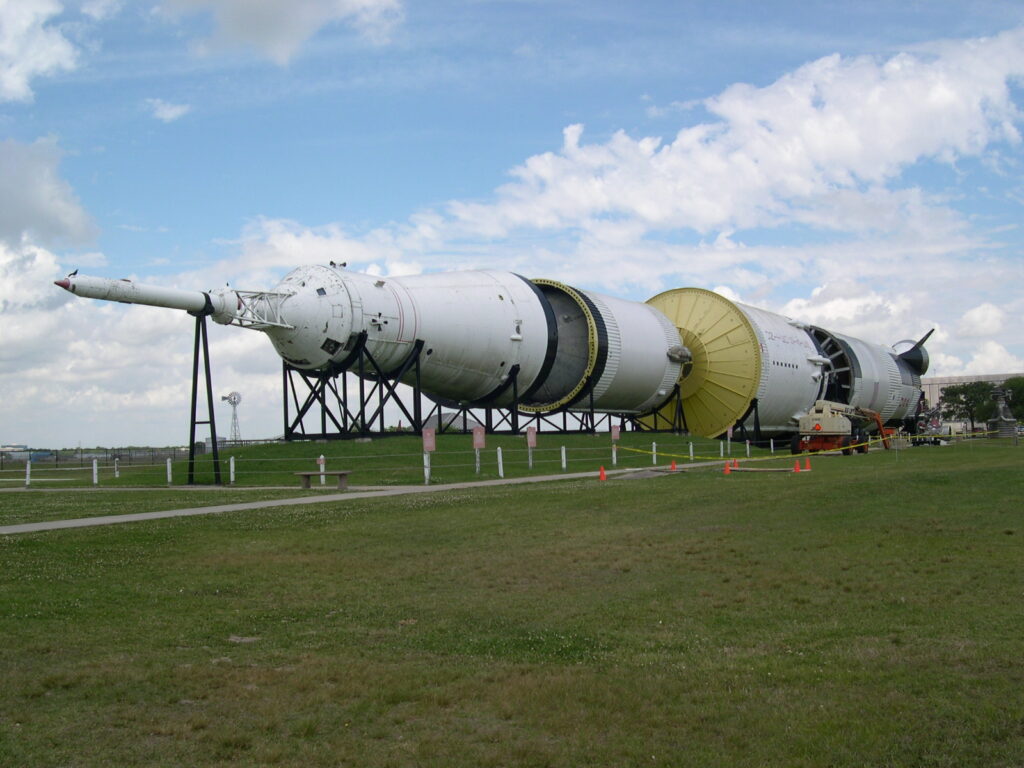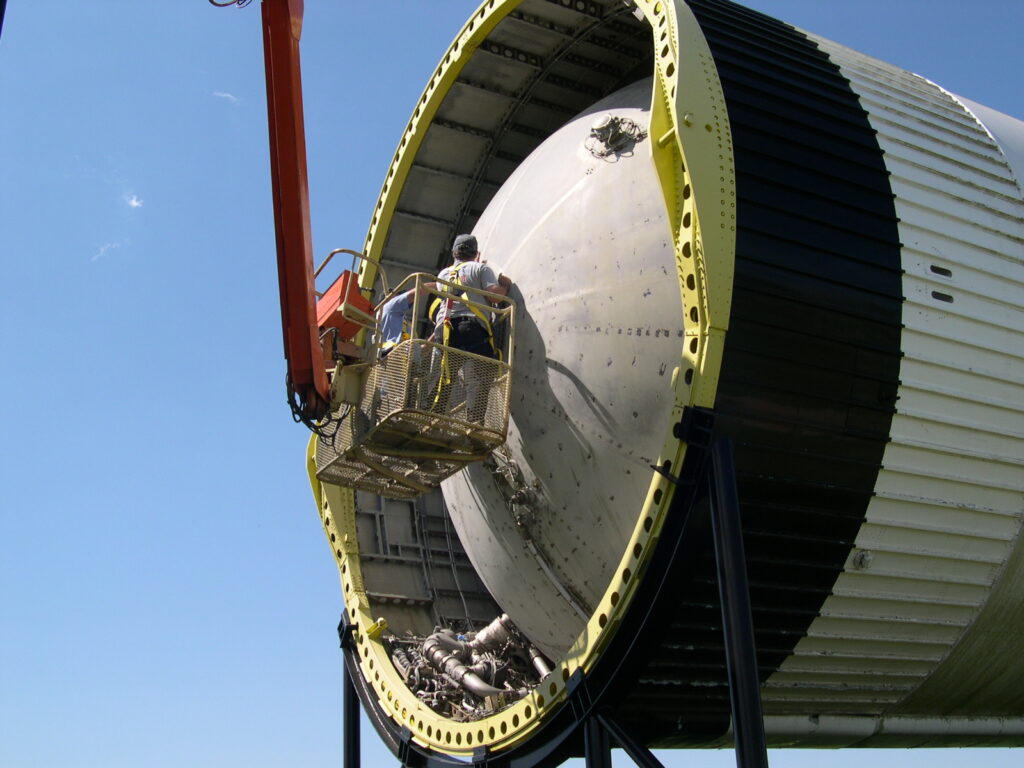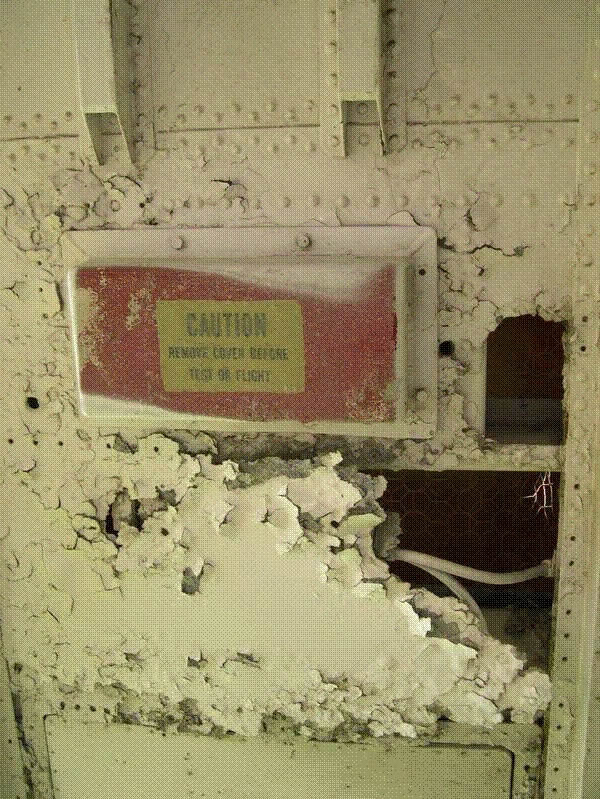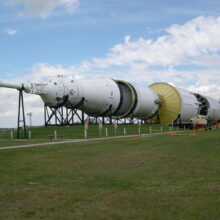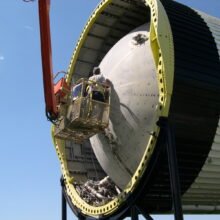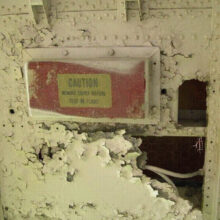Saturn V Rocket Assessment
From 2004 to 2006 we stabilized and restored the Saturn V Rocket located at the Johnson Space Center in Houston, TX. This example is one of three surviving vehicles built during the late 1960s to launch Americans to the moon, and is assembled from flight-ready stages and spacecraft from the Apollo and Skylab programs. Measuring 363-feet-long and capable of generating 7. 5 million pounds of thrust, the Saturn V remains the largest, most powerful American launch vehicle ever built.
We evaluated the rocket through a thorough conditions assessment and testing phase from January through August 2004. Observed conditions were thoroughly photographed and noted onto Auto CAD drawings produced by us for the survey. The purpose of the testing program was to assist in determining the condition of materials present, identify root causes of observed deterioration, and to provide appropriate methods of intervention and repair to reduce or arrest the rate at which the materials were deteriorating.
A visual and hands-on survey by our conservators, a structural engineer and a corrosion engineer was conducted from the ground and from a 60 foot articulating man lift. Select access panels and tunnel covers were removed to probe interior systems and fuel tanks. The interior of the Service Module and the Command Module were accessed for inspection upon removal from their stands. Material samples were removed for analysis, including paint layers, powder corrosion products, and microbiological specimens, and testing to determine the safest methods for removing coatings, corrosion, soiling, surface contaminants and repair losses were identified.
Displayed outdoors since 1977, the rocket exhibited widespread paint failure, moisture infiltration, structural failures, an overall accumulation of atmospheric and biological soiling, and severe corrosion of its complex system of metal alloys, including aluminum (extruded, cast and milled) and aluminum honeycomb sandwich. Non-metal materials such as spray-on polyurethane foam, cork, and various types of plastic, phenolic resin, and fiberglass composites, had significantly deteriorated.
